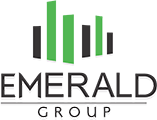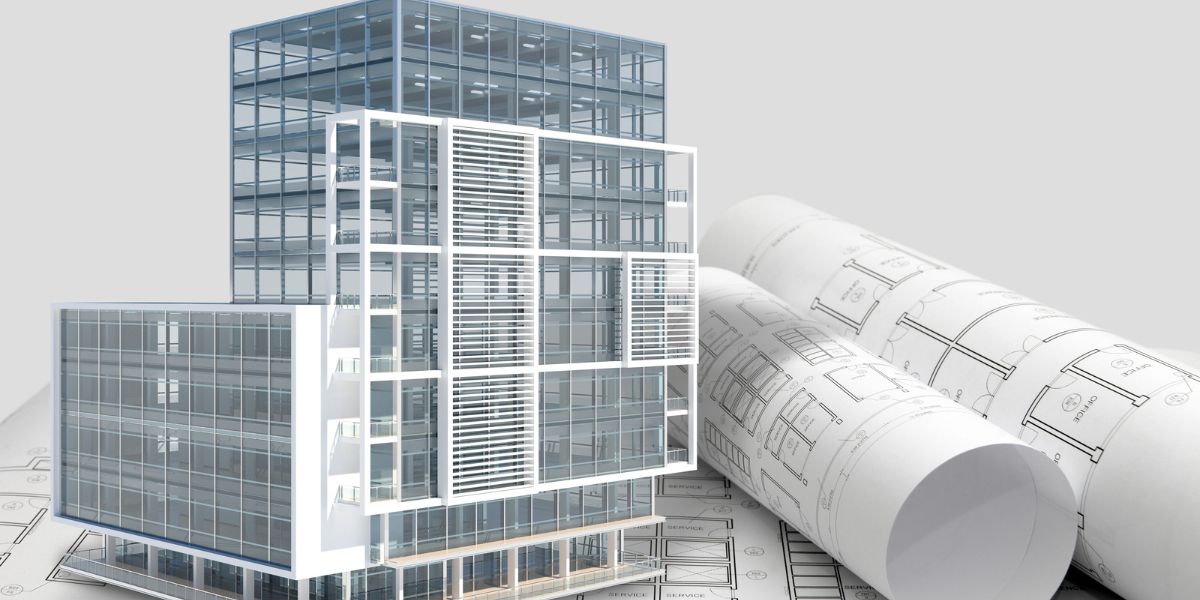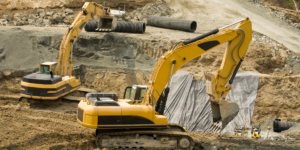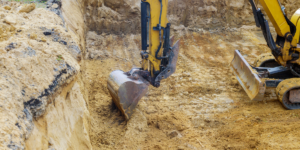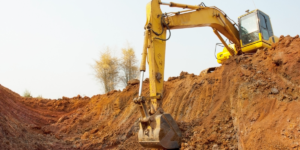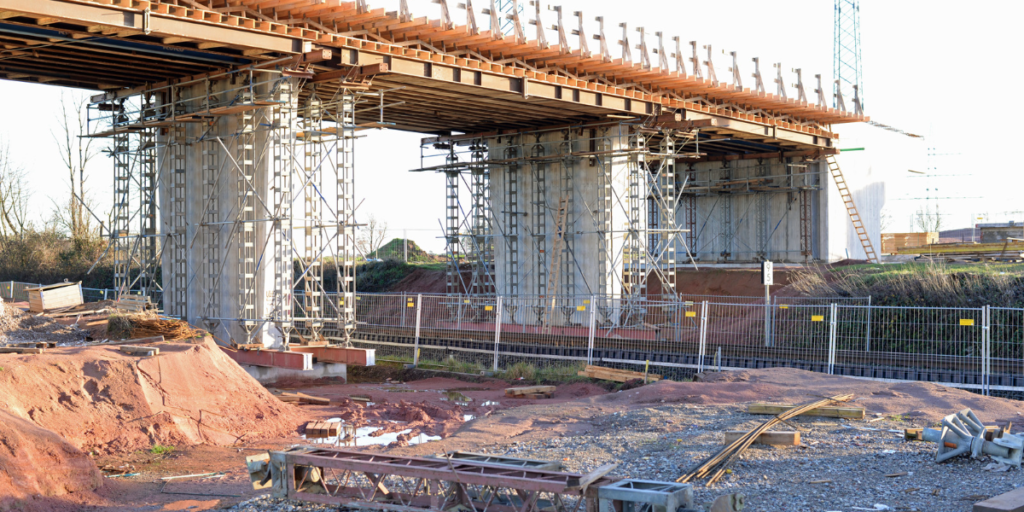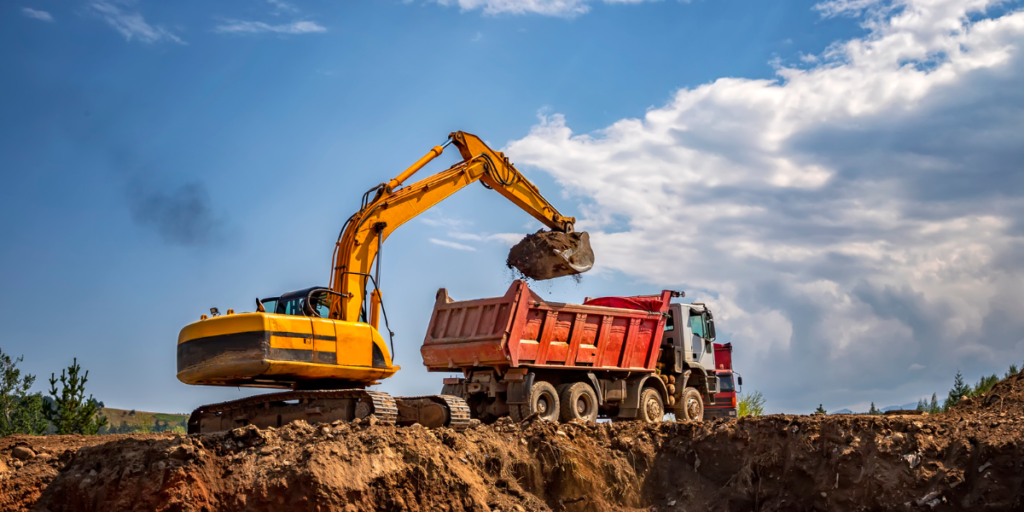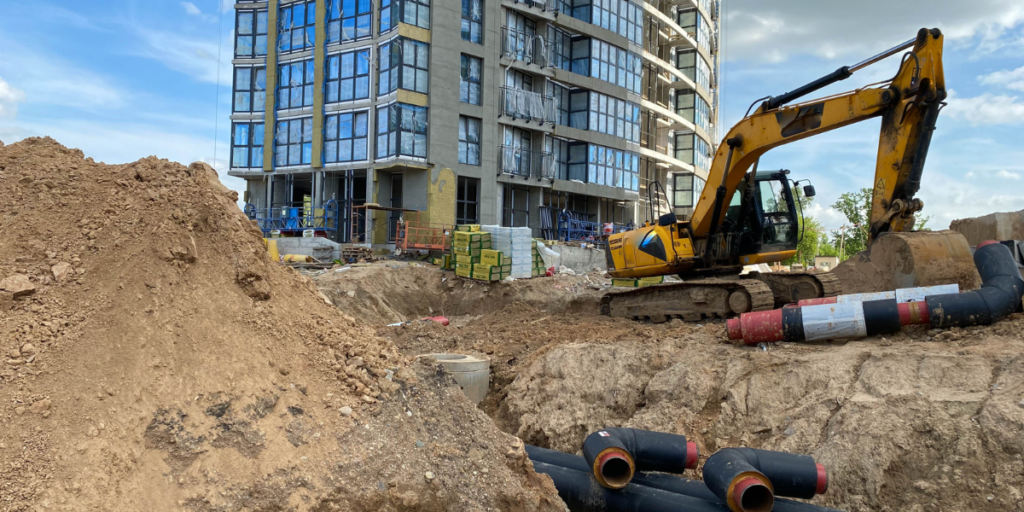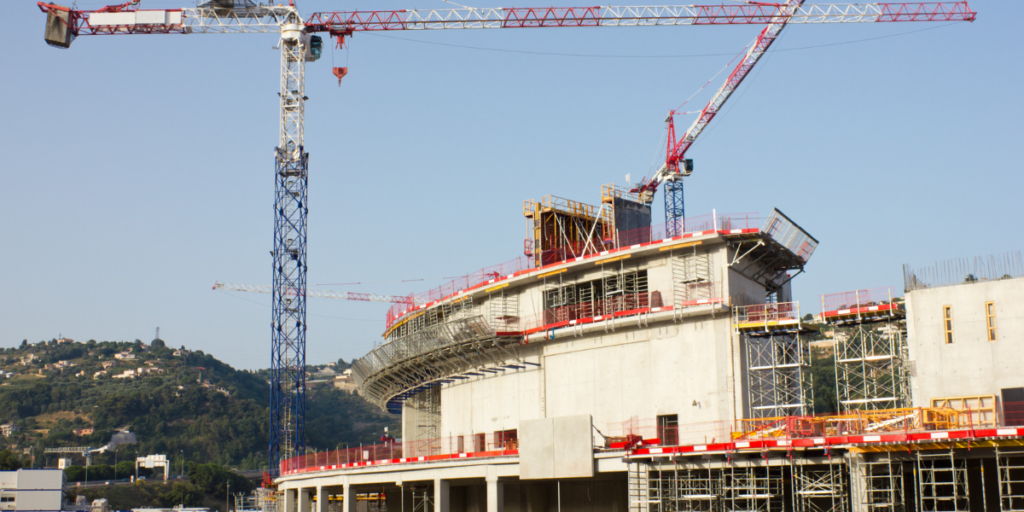Plan Ahead
The goal of a cost estimator is to develop and deliver a high-quality cost estimate on time, every time.
That all starts with a plan, a cost estimate development plan, that is.
You might ask why we need a plan for a cost estimate development. A short answer is that by having a plan, we will be able to:
- Identify the challenges we will have to overcome during the development of the cost estimate, and
- Define the steps in the cost estimate development.
And in doing so, we will have the benefit of being able to:
- Assess the level of effort required for the development of the cost estimate to meet the deadline, and
- Assess what resources are needed for the development of the cost estimate to meet the quality requirements and be completed in a timely manner.
Identifying Challenges
The most common challenges that we need to overcome during the development of a cost estimate are:
- The availability of accurate and complete project information. Yes, sometimes the project documentation is not complete. The cost estimator must be able to point out additional information required, the means of acquiring it, and if that additional information will not become available, to propose a way to mitigate that issue.
- Access to cost data. Preparing a cost estimate includes obtaining pricing from third parties (suppliers, sub-trades, consultants, etc.). Depending on the market conditions, a certain market segment might have little or no interest in responding to a request for a price quotation. Such instances must be identified, and a mitigation plan should be implemented.
- Available resources, meaning what is the manpower requirement for developing the cost estimate? Is one cost estimator enough, or do more resources need to be assigned?
- The cost estimate meets the expectations of the review team. The cost estimate review team can sometimes be a mix of construction professionals, each with a specific view of the cost estimate; thus, they might look for specific data in the cost estimate they want to assess or review. It is good to know of such requirements ahead of time, so they can be implemented in the cost estimate structure.
- Validation of the cost estimate. A cost estimate is validated by assessing that the costs reflect all requirements stipulated in the project documentation, including real price quotations from third parties and comparing them to historical cost data from similar projects. or expert opinion. The last part is that the historical cost data and/or expert opinion are sometimes unavailable. The cost estimator will have to identify all the shortcomings which might be in the way of cost estimate validation and propose a mitigation plan.
By identifying the challenges, we will be better prepared to plan for overcoming them and include any required actions in the cost estimate development plan.
Cost Estimate Development Steps
Now that we identified what challenges we might encounter during the cost estimate development, we are better prepared to address them during the cost estimate development.
Generally, and from experience, the development of a cost estimate goes through the following sequence:
- Review all project documentation
- Define the purpose of the cost estimate
- set-up cost estimate kick-off meeting
- Develop the cost estimate schedule
- Develop the cost estimate WBS (work breakdown structure)
- Develop the costs (direct and indirect)
- Cost estimate review
- Cost estimate validation
- Issue the cost estimate
Next, we will look at each step in more detail.
Review Of Project Documentation
Before we start working on a cost estimate, we need to understand the project scope. We also need to understand if the documentation made available to us is complete and answers our questions related to the project scope of work, technical requirements and commercial terms and conditions.
When we review the project documentation and throughout the cost estimate development, we want to:
- Ask for clarifications if necessary.
- Take notes on all missing/incomplete information
- Set up a request for clarifications of the registry
- Set up a risk/opportunities registry and add all relevant information
- Make it a habit to review documents for all specifications, which might have an impact on the costs.
- Build up the project in your mind theatre and take the time to see the big picture
Define The Purpose Of The Cost Estimate
Not all cost estimates are created equal. Depending on the end-use of the cost estimate, the time and effort that go into developing the cost estimate vary.
- Is the cost estimate required for a tender submission? If so, is this a tender submission as a general contractor or as a trade contractor? What is the difference?
- Or is it a cost estimate for a budget on a project? If this is the case, what is the expected accuracy?
During this step, we will find the appropriate answers to identify the type of cost estimate, thus assessing what is required to complete it.
Set Up A Cost Estimate Kick-off Meeting
In the vast majority of cases, the cost estimator will go through a cost estimate review meeting when the cost estimate is complete. Who is part of such a meeting depends from company to company and from cost estimate to cost estimate.
Regardless of who takes part in the cost estimate review meeting, they are an important step in the cost estimate validation process. As for cost estimators, we have to prepare ahead of time and increase the chances of delivering to the expectations of the review meeting participants, thus the requirement to organize a cost estimate kick-off meeting.
Here are my recommendations to follow a successful kick-off meeting, step-by-step:
- Invite all cost estimate review team members
- Feel free to invite construction professionals within the organization you are part of; they might have valuable input
- Discuss:
- Constructability methods
- Price sourcing strategy
- What scope of work will be subcontracted?
- What scope of work will be self-performed?
- How many quotations will be required to validate a price?
The amount of valuable information a cost estimator could get from these kick-off meetings is hard to overstate, so make it a habit.
Develop The Cost Estimate Progress Schedule
The cost estimate development schedule is a good tool to guide the cost estimate development process. It gives us insight into the effort required to develop the cost estimate and the roadmap to get there on time.
Most likely, your cost estimate has a deadline. You want to assure yourself and all other parties involved in the process that such a deadline is achievable.
Here is an example of steps included in the cost estimate development schedule:
- List all activities required to be performed for the completion of the cost estimate
- Estimate the time required for each activity
- Build the schedule logic and determine the milestones
- Determine the resources required for the cost estimate completion
- Communicate with management regarding the resource requirements
- Build-in time for cost estimate reviews
You will be surprised by the insights such a schedule can provide. Armed with such a schedule, you will be able to monitor the process, signal any shortcomings and request additional help, or correct the course if needed.
If you ask career cost estimators, most of them list the lack of time as the most impactful obstacle in achieving high-quality cost estimates. Rushing through at the last minute to complete the cost estimate is dangerous because mistakes can be made and decrease the level of confidence in the cost estimate quality overall.
Develop The Cost Estimate WBS
If we completed the previous steps, we should be quite familiar with the project, and have a good idea of constructability, procurement strategy, cost estimate review and validation requirement, risk and opportunities, level of effort required to complete the cost estimate and resources we need to see that happen.
Now it is time to start working. The first action step is to develop the cost estimate WBS (work breakdown structure), which is a topic I will cover in another article.
Develop The Costs
By now, we will be well prepared to start working on the cost estimate by generally following this sequence:
- Develop the quantity take-offs based on WBS and price sourcing strategy
- Develop the direct costs
- Develop the indirect costs based on the preliminary construction schedule
- Optimize resources
- Update costs as they become available from subcontractors and suppliers
- Incorporate all additional information if applicable (changes to the project documents, clarifications, etc.)
- Price and incorporate risk items as applicable
- Review the cost estimate as per the review recommendations
- Update costs as more information become available from subcontractors and suppliers. You will see that this step will most likely be active until very close to the tender closing time
- Perform the final cost estimate and tender submission review.
Closing
As with all processes, sometimes they need to be improved. But, what is not measured cannot be improved. This is why, after the completion of each cost estimate, we want to analyze what went well and what did not and take notes. In the next cost estimate we engage in, we will have the chance to adjust the plan.
With each cost estimate and tender we close, we learn what works and what does not work for our specific circumstances. The ideas discussed in this lesson are not intended to be the answer to all questions but to provide a baseline.
Did you like this article? Share it with your network, or leave a comment. I would like to hear from you.
